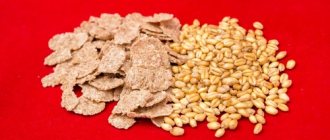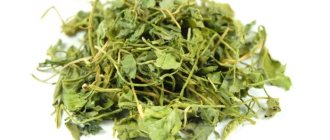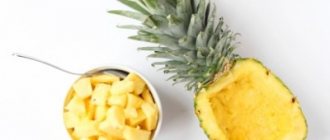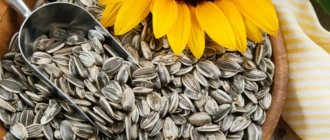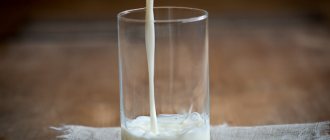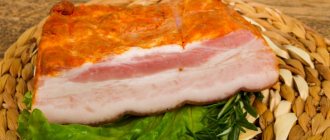Composition of figs
Figs are the fruit of the fig tree. It is eaten in two forms - fresh or dried. Fresh fruits are not stored for a long time, so they are consumed mainly in dried form. Dried figs contain: sodium, potassium, magnesium, iron and calcium. In addition, the fruit contains vitamins C, B1, B2 and E.
Dried figs are very rich in vitamins
Fresh fruit contains up to 25% sugars, 1.3% proteins, 0.4% organic acids, 3.25% glucose, 2.45% levulose and almost 4% sucrose, as well as pantothenic, glyceric and polyic acid.
The rich mineral composition helps to recover faster and tolerate poisoning more easily. Dried figs treat sore throat and cough, improve the functioning of the heart and digestive organs.
Thus, regular consumption of figs helps saturate the body with vitamins and microelements.
The benefits of figs for a child
Mothers do not know whether figs can be given to children. Nutritionists and doctors say that a young body tolerates dried and fresh fruit equally well, provided that the baby does not have an individual intolerance to the components of the exotic fruit.

Nutritional value of figs
How is the fruit useful for the child?
- Replaces vitamin complexes. Dried fruit contains a record amount of vitamins and minerals;
- A tasty replacement for medications. Figs have long been used in folk medicine to treat colds in children;
- Universal tonic. Dried figs are used to prepare a tonic that improves digestion in children;
- A tasty and healthy substitute for sweets;
- Laxative for children from 1 year of age. Porridge made from fresh fruit has a strong laxative effect and helps the baby cope with intestinal dysfunction;
- Improves immunity;
- Reduces cholesterol levels due to the presence of omega-3 and omega-6 fatty acids;
- Strengthens the nervous system and increases the elasticity of blood vessels;
- Normalizes the functioning of the kidneys and liver;
Fruit marathon. Figs: how they grow and beneficial properties
Children's recipes
Fresh fig puree
Take 2 fresh, ripe medium-sized fruits, rinse thoroughly, remove the thin covering skin and grind in a blender.
This puree can be given to your baby not only as an independent dish, but also as an addition to your favorite porridge or yogurt.
Dried fig puree
- Wash and soak 2-3 dried fruits in warm water for half an hour.
- Grind in a blender and strain, draining excess liquid.
- To achieve optimal consistency, add a little breast milk or infant formula.
Place excess puree in an ice tray and freeze for up to 3 months.
Compote
Compote is usually prepared from dried fruits. There are two options:
- Soak a couple of thoroughly washed fruits in a small amount of water overnight, and in the morning, strain the infused liquid to give to your baby.
- Boil dried figs in water in the same way as you would cook any other compote for the children's menu. At first, do not try to prepare a concentrated drink. The more tender it turns out, the better.
Baked figs
The recipe is interesting because the fruit becomes even sweeter during baking.
- Drizzle 8 figs with a little olive oil (no more than 1 tsp) and place in a preheated oven.
- Bake for 20 minutes until the skins are wrinkled and the fruits are soft.
- Serve warm or cold whole or puree.
- For gourmets, 3-5 years before baking, each fruit can be filled with soft homemade cheese.
Figs are known for their health and beauty benefits. It helps with colds, heart disease, dry and wet cough. This product saturates the body with vitamins and minerals, relieves inflammation and restores strength, has a diuretic and laxative effect. Milk with figs for coughs for children will be an effective and safe remedy. In this article we will look at a recipe on how to prepare this medicine. And we will find out at what age you can give your child figs with milk.
Harm of figs for a child

Fresh and dried figs are not dangerous to the human body. However, its fruits are not recommended for use for gout and gastrointestinal diseases. Is it possible to give dried fruit to overweight children? Nutritionists advise against doing this, since a young body absorbs sugar 2 times faster, which leads to rapid weight gain.
At what age can a child eat figs?
The beneficial properties of figs are great, so it is better to introduce them into your diet not too late. The ideal age for eating figs for the first time may be four years.
Figs are a specific fruit with an unusual texture for us, so the child may not like it the first time. For the best effect, you need to puree it and add it to other dishes, for example, teas, juices, desserts or cocktails. Since this fruit is sweet, but has an unusual taste, it is better to combine it with fruits or vegetables, which, if necessary, can drown out its taste. The ideal choice would be apples, berries, celery or peas, as well as any others that you deem necessary and appropriate.
When and in what quantities can a child be fed fruit?
The opinion of experts comes down to one figure - 9 months. By this time, the baby’s body is so strong that it can digest dried fruit. The baby's introduction to this fruit must be carefully monitored. It is advisable to stop feeding immediately if the baby experiences indigestion, vomiting or dizziness.

In what quantities can dried fruit be given to children? At the age of 1-1.5 years, a child needs 1 dried fruit per day. Despite its harmlessness and usefulness, the fruit in large quantities can cause indigestion or diarrhea. It is recommended to increase the daily dose gradually. It is recommended to start feeding with half. The dose can be increased by 50% after 1 week of eating the fruit.
A child under 4-5 years old is given figs in an amount of no more than 3 fruits per day. Every 3 days it is recommended to pause for one day.
Systematic consumption of the fruit leads to addiction and weakening of its therapeutic and restorative effect.
Figs and milk are the best cough remedy
You can prepare a drink to fight a cold. To prepare, you will need 50 g of dried fruit, a glass of milk, a tablespoon of honey and 30 g of butter. The ingredients are mixed and added to warm milk. The medicine is given to the baby in small quantities before bedtime - 50 ml for children aged 1 to 2 years and 100 ml for children from 2.5 years.
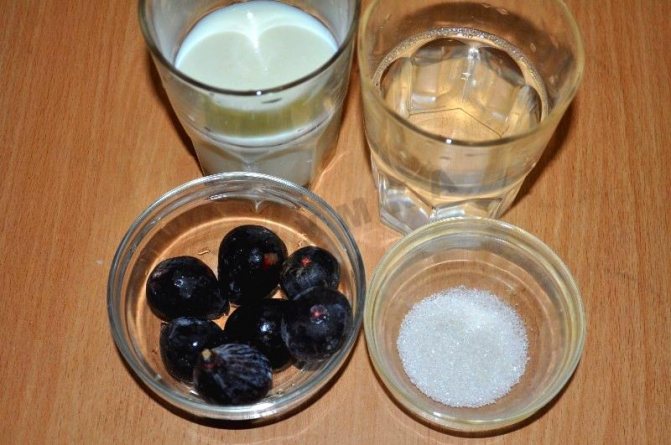
Ingredients for preparing figs with milk
Fresh fruit is also suitable for fighting colds. To prepare a medicinal drink you will need:
- 200 ml milk;
- 1 large fruit.
Cooking will not take much time. Put the milk to boil and take care of the southern plant - peel it, rinse it thoroughly and pass it through a meat grinder. Place the purified product into boiling milk and turn off the heat. Let the milk cool. The product is drunk 3-4 times a day, half an hour after eating. Children should not be given more than 200 ml of syrup at a time.
The quality of the prepared medicine depends on the fat content of the milk. Full-fat milk softens the throat better and removes phlegm from the lungs faster.
Figs for constipation in children
Children often suffer from constipation. This is due to the imperfection of their digestive system. Figs can help with this condition. A remedy for constipation can be prepared according to the following recipe. The easiest way to eliminate a delicate problem is to infuse figs in olive oil. You need to take 6 figs and pour olive oil on them. You need to insist for a day. After this, the drug is used on an empty stomach. If we are talking about a child aged 2-6 years, 2 berries will be enough. Children from 6 to 10 years old can eat 4 fruits.
A combination of figs and prunes will help solve the problem. This remedy is used if constipation is severe. Fruits are taken in equal quantities of 200 g. All this must be passed through a meat grinder. Children take 50 g of the product in the morning on an empty stomach with water. Treatment continues for 3 days.
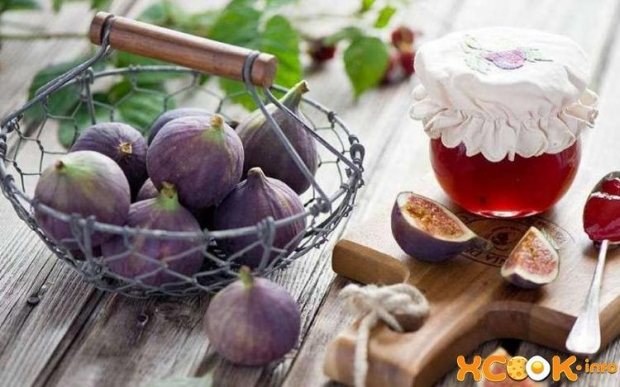
Recipes for fig-based sweets
What to do when a child needs to eat figs, but he refuses? In this case, delicious dishes are prepared based on this fruit:
Hercules pie
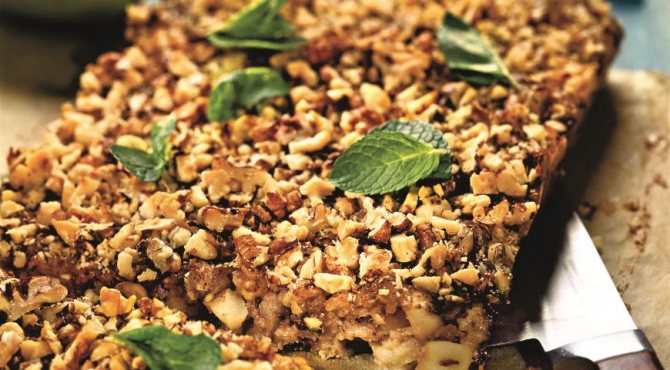
To prepare you will need:
- 100 g dried fruit;
- 500 g regular apples;
- 3 tbsp. l. Sahara;
- 150 g each of butter and honey;
- 250 g of Hercules porridge;
- 1 g cinnamon;
- 2 tbsp. l. walnuts.
The cooking sequence is as follows:
- Apples are peeled, seeded and cut into small cubes. Place the chopped apples in a heated saucepan and add 1 tbsp. l. Sahara. Cook for 10 minutes;
- After 10 minutes, add chopped dried figs. Cook for 10 minutes;
- Melt butter, sugar, honey and Hercules in a separate bowl;
- The composition of the two containers must be mixed well and poured into baking molds;
- The pie is baked for 25 minutes at a temperature of 190 degrees. The finished dish is sprinkled with walnuts.
Hercules pie is a very nutritious and tasty pastry with a rich vitamin and mineral composition. Hercules pie can be given to children from 2 years old.
Fig roll
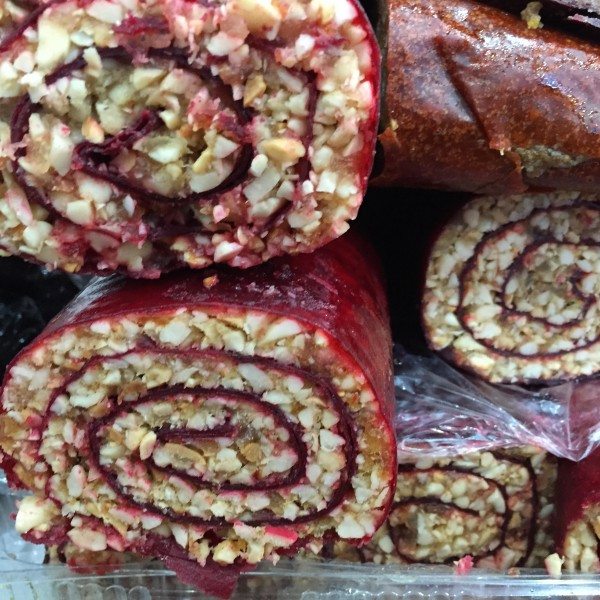
Ingredients:
- 120 g dried figs;
- 100 g of crackers and walnuts;
- 80 g honey;
- 20 g candied orange peel;
- 5 chocolate bars;
- Vanilla sugar.
Nuts, candied fruits, crackers, figs are passed through a meat grinder and mixed with egg yolk and honey. Rusks are used as a thickener. The formed mass is sent to the refrigerator for a day.
Fig roll is a simple dish that does not lose its beneficial properties during heat treatment. The roll is perfect for feeding children aged 1.5 years and older.
Results
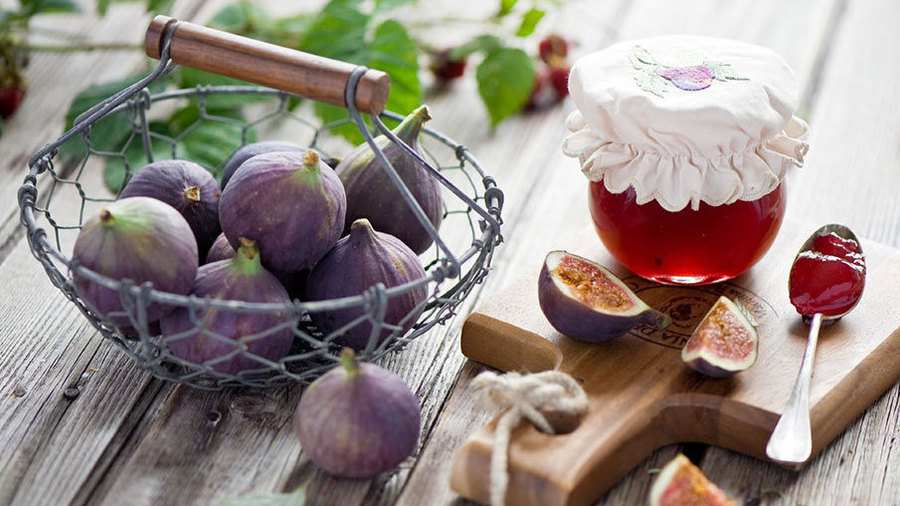
Figs contain many vitamins and minerals. Figs are quickly absorbed and do not burden the digestive organs, so they can be given to children as early as 9 months of age. It is also used to make medicines not only to combat colds, but also to treat gastrointestinal dysfunction and kidney problems.
Why is the fruit useful?
Figs contain a lot of water, carbohydrates, sugar, fiber, protein, organic acids, tannins, vitamins (A, group B, C, PP) and minerals (calcium, phosphorus, potassium, magnesium).
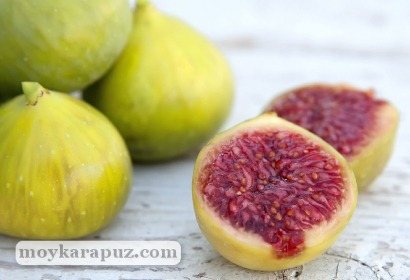
The fruit has numerous beneficial properties:
- helps in the development of body and brain structures;
- improves the functioning of the gastrointestinal tract (especially useful for children with a weak digestive system);
- participates in the formation of feces and improves intestinal function, preventing constipation;
- helps reduce elevated body temperature;
- strengthens the child's immunity;
- supports the functioning of the cardiovascular system;
- is a good prophylaxis against anemia (a pathological condition in which the level of hemoglobin in the blood decreases);
- helps fight pathogenic bacteria in the oral cavity;
- provides the child's body with energy.
